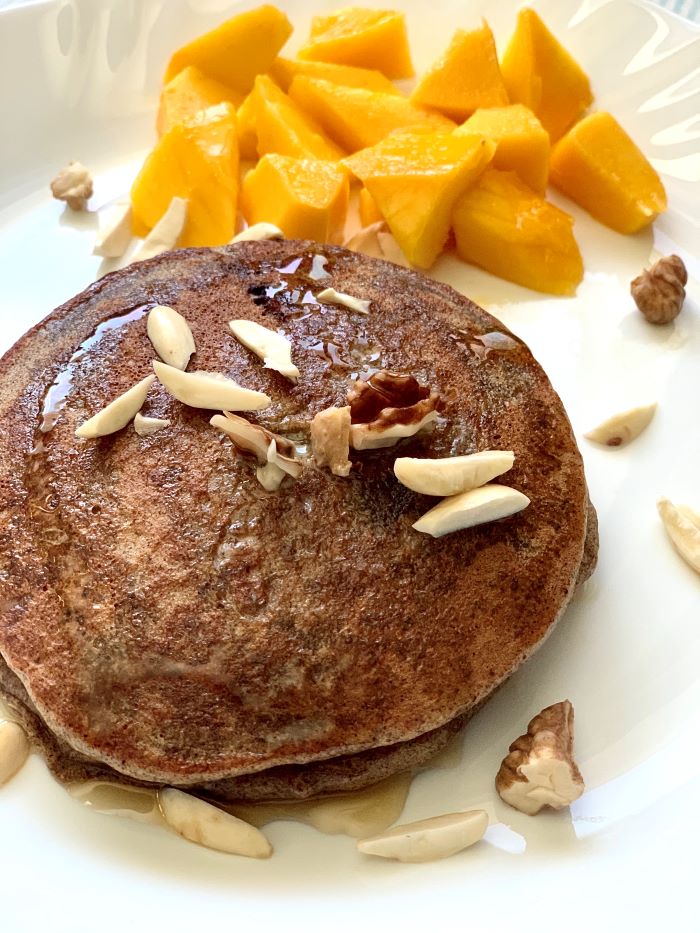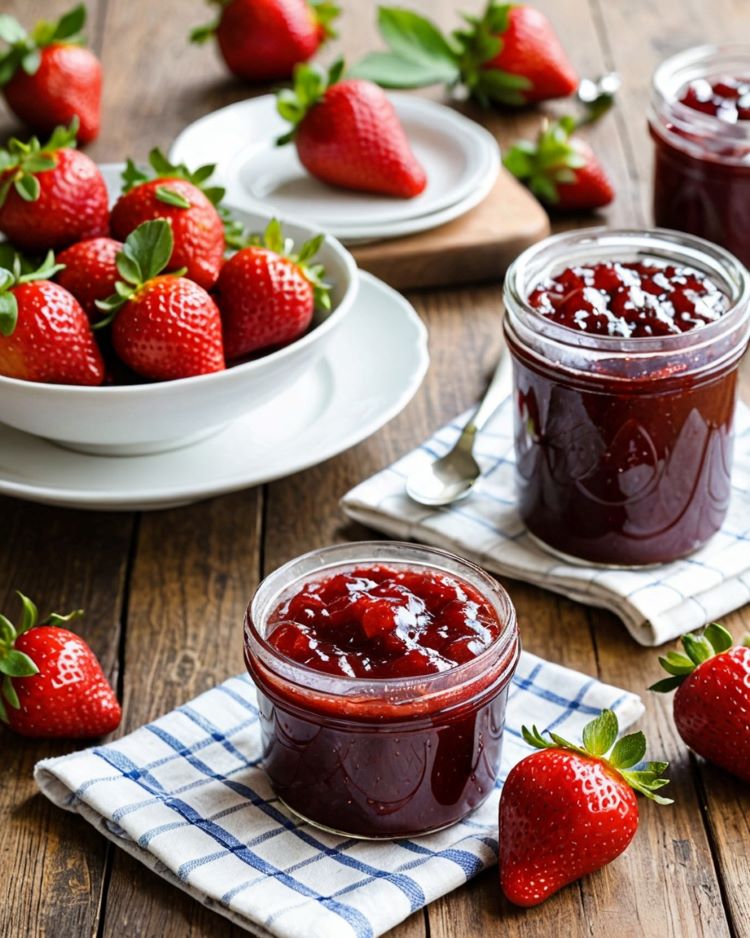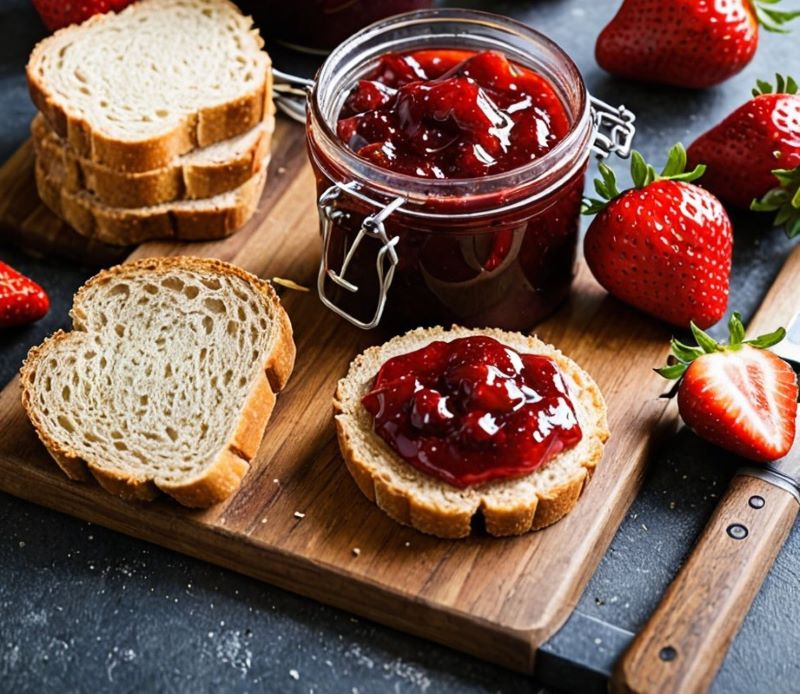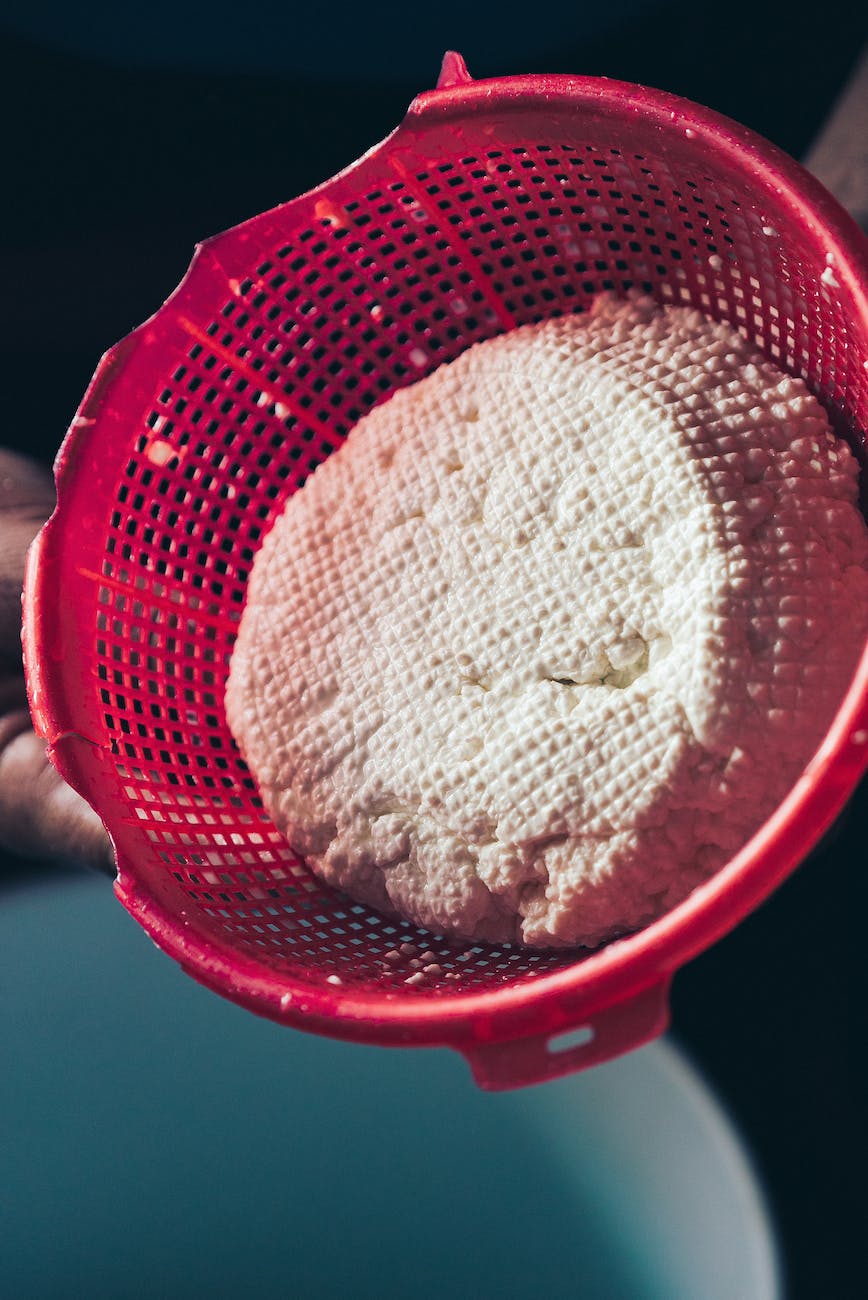
In a country as vast and diverse as India, breakfast is never just a meal. It’s a ritual, a warm embrace, a cultural signature. From the snow-capped peaks of Kashmir to the sun-soaked coasts of Tamil Nadu, Indian regional breakfast traditions are as rich and varied as the landscapes they come from. And let’s be honest isn’t breakfast just better when it’s full of flavor and soul?
- Wake Up and Smell the Idlis!
Let’s kick things off down South. Tamil Nadu and Karnataka are known for dishing out the holy trinity of idli, dosa, and vada often accompanied by a piping hot sambar and a duo of coconut and tomato chutneys. If you’ve ever had a fluffy idli straight from a steamer, you’ll know why South Indian breakfasts are a fan favorite. The crispy dosa, folded like a golden envelope of joy, is equally beloved.
Then there’s Kerala. Ever had puttu and kadala curry? Imagine soft cylinders of steamed rice flour and coconut, served with black chickpeas simmered in a fragrant gravy. Add a cup of filter coffee, and you’ve got yourself a southern breakfast that feels like a warm hug.
- Northbound: Parathas, Poha, and Chai
Now, heading up north, the vibe changes but the love for breakfast remains strong. Punjab is the undisputed king of indulgent mornings. Think ghee-drenched aloo parathas, served with a dollop of butter and tangy mango pickle on the side. Top that off with a glass of creamy lassi, and you’ve got yourself a breakfast that’ll keep you full till lunch and maybe even dinner!
Not far away in Uttar Pradesh and Delhi, kachori-sabzi is the crowd-pleaser. Spiced lentil-filled kachoris paired with a tangy potato curry make for a hearty start to the day. Meanwhile, in Madhya Pradesh, poha reigns supreme. Light, fluffy, and garnished with peanuts, pomegranate, and a squeeze of lime it’s the kind of dish that feels both healthy and satisfying.
- East Side Mornings: Luchi, Chirer Pulao, and More
As the sun rises over Bengal, kitchens come alive with the sound of luchis puffing up in hot oil. These delicate, deep-fried flatbreads are best enjoyed with aloo dum or cholar dal. It’s comfort food with a capital C. Don’t miss out on chirer pulao either a flattened rice dish with a hint of sweetness from raisins and the crunch of nuts.
And in Odisha? Expect a delightful spread of pakhala bhata (fermented rice water dish) or chuda ghasa (flattened rice mixed with jaggery, coconut, and banana). Breakfast here is a gentle, earthy affair, deeply rooted in seasonal and local flavors.
- Western Wholesomeness: Theplas and Misal Pav
Gujarat greets the morning with theplas spiced flatbreads made with fenugreek leaves. Paired with yogurt or chundo (sweet mango pickle), they’re easy to pack and perfect for a breakfast on the go.
In Maharashtra, misal pav is a firecracker of a dish. Spicy sprouted lentil curry topped with farsan (crispy gram flour snacks) and served with soft bread rolls it’s a flavor bomb you’ll want to wake up to every day. And don’t forget sabudana khichdi, especially during fasting periods. It’s chewy, nutty, and surprisingly addictive.
- Northeastern Surprises
If you’ve never had breakfast in the Northeast, you’re missing out. Nagaland offers smoked pork with sticky rice in the morning, while Assam’s jolpan a combination of flattened rice, curd, and jaggery is light and nourishing.
In Manipur, eromba (a fermented fish and veggie mash) or singju (a spicy salad) might grace the breakfast table, depending on the season. These dishes are flavorful, light on the stomach, and packed with traditional wisdom.
Why Indian Regional Breakfasts Matter: So why should you care about Indian regional breakfast traditions? For starters, they’re delicious. But beyond that, they tell stories of local produce, age-old techniques, cultural nuances, and familial bonds. These aren’t just meals; they’re narratives on a plate.
They also offer a great way to eat more mindfully. Most Indian regional breakfast dishes are seasonal, naturally vegetarian, and made from scratch. That means fewer preservatives, more nutrients, and food that actually connects you to the place and time you’re in.
If you’re someone who rushes through breakfast with a cereal bar in one hand and a coffee cup in the other, maybe it’s time to slow down. Let your first meal of the day be something that roots you. Whether it’s the crunch of a masala dosa, the melt in your mouth luchi, or a comforting bowl of poha these dishes are worth waking up for.
More importantly, exploring the world of Indian regional breakfast opens up a passport to the country’s diversity. Each bite is an invitation to travel from your kitchen to the streets of Kolkata, the coast of Kochi, the bylanes of Lucknow, and the hills of Shillong.
So tomorrow morning, don’t just eat. Feast. Start your day the Indian way!
I’d love to hear from you! What’s your favorite regional breakfast that you think deserves a spotlight? Drop a comment below and share your thoughts let’s celebrate the rich diversity of Indian breakfast together!




















